The 50 States Project is a series of candid conversations with interior designers across the country about how they’ve built their businesses. This week, Falls Village, Connecticut–based designer Abigail Marcelo Horace of Casa Marcelo tells us about quitting her job and launching her own business the week before pandemic lockdowns in 2020, how a decade of experience at a mix of corporate and boutique firms set her up to learn the best (and worst) ways to work, and why her reviews from clients are all about feelings.
What are your earliest memories of being drawn to design?
Everybody in my family is creative. My father is an electrician, but also a hobbyist photographer. My mother and sister are vocalists, one of my other sisters is a dancer, and my brother is a church pianist. We were immersed in the arts very early: I was taking dance classes at three years old and then started taking art classes and piano lessons. I did everything that I could get my hands on.
Growing up in New York, my father loved architecture. Once I was in my teens, I got interested in it, too. I was also changing my room around almost every season. I had no idea that interior design was a profession, so I thought maybe I would get into architecture. Then I started watching Extreme Makeover: Home Edition and I was like, “I can actually do this!” I was really interested in changing people’s lives through design.
I applied to several different schools after high school, but I couldn’t afford many of them. I ended up going to CUNY for a semester—I was just going to get my degree in fine arts—but after a semester, I was like, “I can’t waste my time on this.” I ended up going to the New York Institute of Technology for my BFA in interior design.
How did design school shape what you thought the rest of your career would look like?
In design school, they really push you. At NYIT, the design degree was part of an architecture program, so my first two years were creative, conceptual architecture classes. By the third semester, which was our first design fundamentals class, half the class was gone because it was too hard. It was a lot of pressure, and [an environment of] “If you really want it, this is what it is.” That shaped me.
It also really helped me understand design as an environment—as a space that helps you. It’s not just pretty. We didn’t even focus on the finishes. It wasn’t until I got into my career that I actually started to look at fabrics and materials. When I was in school, it was more about, “How would this space help these kinds of people?” I had a project where I designed a home for someone with ALS, for example, so I had to think through how you design that space. What kinds of hardware do you use? What spacing do you need? That shaped my approach now, which is still about how an environment can help somebody.
What was your first job in the industry?
I was working while I was at NYIT because I had to put myself through school. My very first design job was a summer internship at Ethan Allen. Then I went to an architecture firm as their materials resource librarian, so I organized their sample library. Then I got a job at Cubicles.com, where we designed cubicles and offices for people using the firm’s software.
I went to this kitchen company in Brooklyn after I graduated, then left that and started freelancing, doing 3D renderings, SketchUp and AutoCAD [for various firms]. I was a junior designer at WeWork. I was a design assistant for Jennifer Bradford Davis, who did resorts, so I was going to private islands where everybody rich owned a villa and a house—and the villas were $40,000 a week, or something crazy like that. But it was a really rough start. I had set myself up in school to be on top—I had all these internships, and I was like, “I’m ready. People are going to want to hire me left and right.” It was a rude awakening that they still considered me a child, somebody with no experience. It was really hard for me to break in and to get a job in a firm.
I found my groove when I worked for Elise Som Design Studio—that was the first job that felt like a real job, and I was really happy there and treated very well. I was also able to explore who I was as a designer, whereas I had been pigeonholed into just doing AutoCAD. After that job, I went to [design, architecture and planning firm] HLW, which didn’t work out. Being in corporate has honestly never worked out for me. And then I went to Dumais, which is the place that really formed me. I was there for three or four years, and then I went to Hendricks Churchill.
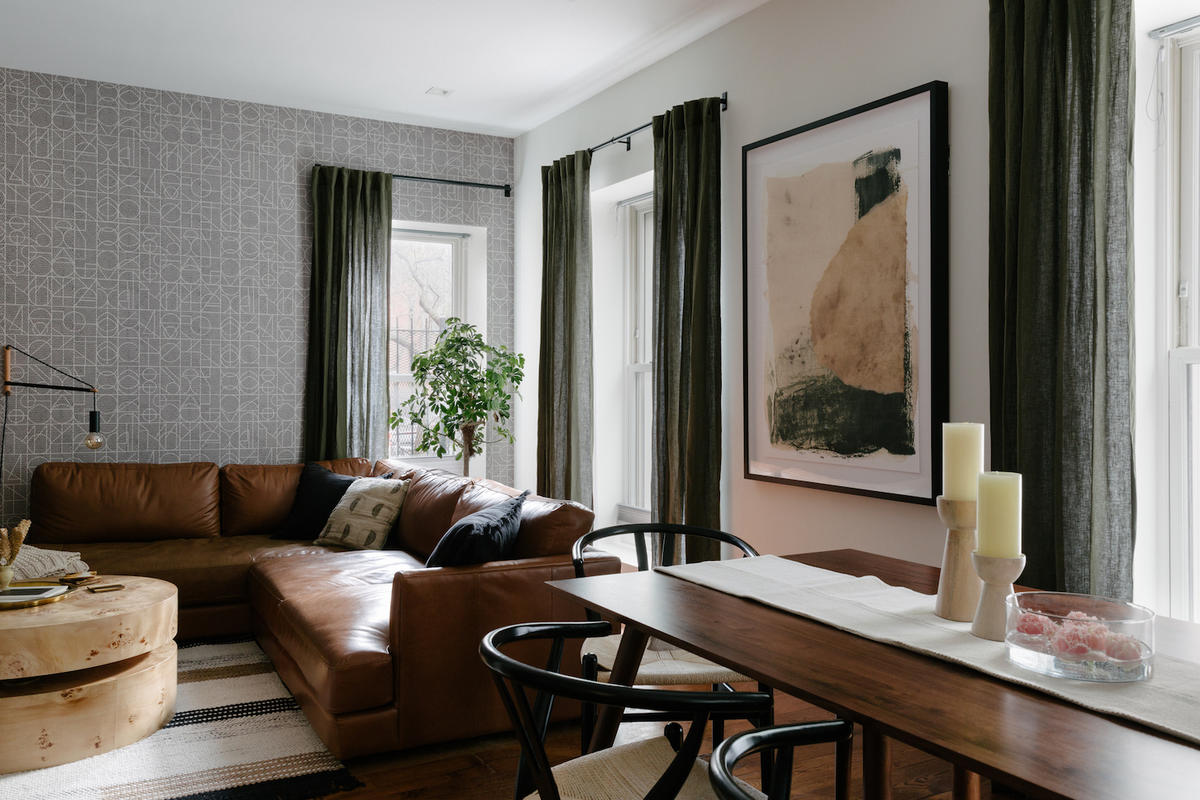
What have you taken from those different experiences, and how did they shape what you wanted to create with your own firm?
What I’ve learned from my experience is how I want my office to feel—how I want my employees to feel, how I want them to be encouraged to design, and how I want to help support them in any way that I can. For me, I didn’t often feel supported in an office—and in all of those jobs, I was the only Black girl. Even at HLW, where there were 150 people in the office, I was the only Black interior designer in the whole space. It was a lot for me to take on. I felt like I was one person at work and a different person at home. And so that’s what I’ve taken away: how I want people to feel comfortable, how I want a diverse office, how I don’t want anybody to be singled out. There were so many times that I burned out in offices, and I don’t want that to happen in my environment.
How do you create that?
Flexibility. That’s something that I don’t feel I ever had. I’m not a morning person at all, so I would sometimes be late at every single job, but I always did my work—I stayed late and worked through lunch. I only have a project manager and an assistant on my team now, but for them, I’m like, “I don’t care when you work, just get it done.” That’s something that I was lacking in a lot of design firms.
And be creative in that 9-to-5, no less.
Yes! And I couldn’t fit into that box. I think that’s another reason I started my own business. I’m a night owl, so my creativity is at midnight. That’s when I get my work done, and then I go to sleep. When I wake up, I take the morning easy—and then sometimes in the afternoon, I get creative too. But I felt like I was being stuck into this box where I had to perform within these parameters that weren’t natural for me.
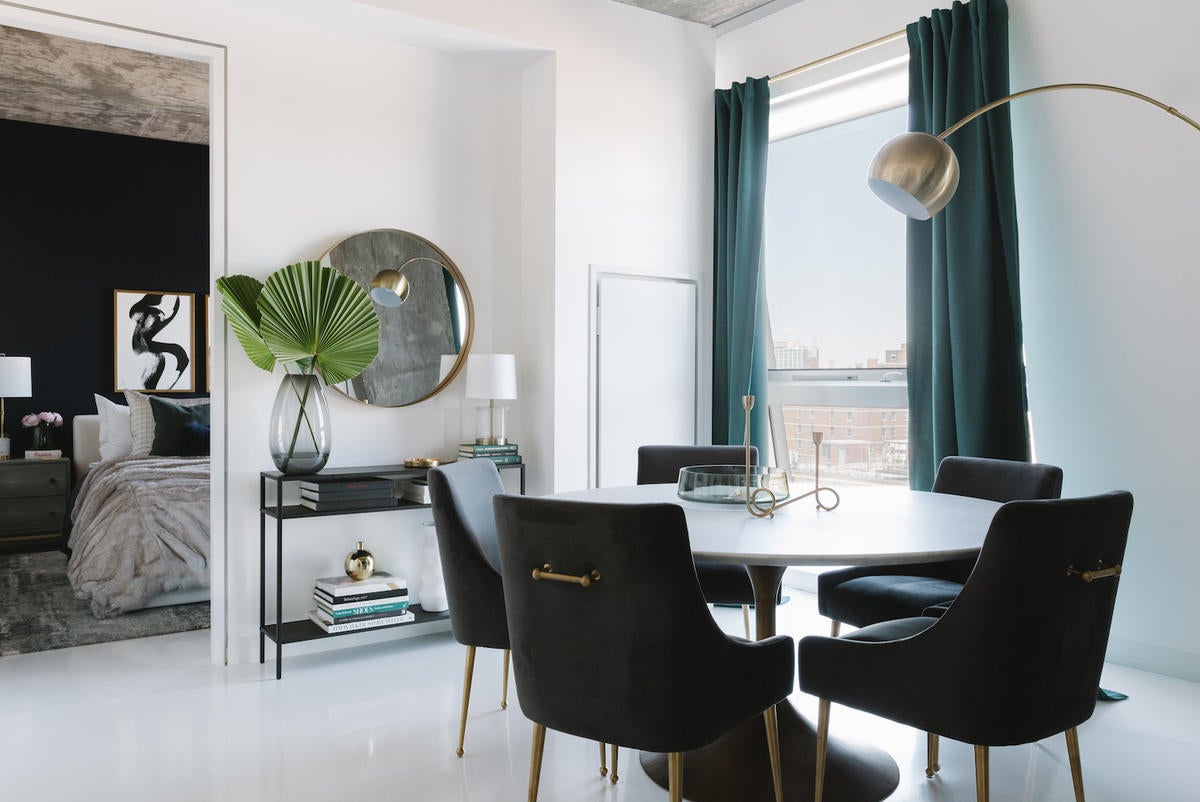
You founded your own firm in 2020—just before the pandemic set in. What made you take that leap?
I got to Hendricks Churchill [in early 2019]; they moved me up from New York to Connecticut, and I was a senior designer there for a year. I used that opportunity to move out of New York, which I had always wanted to do, but I still had the thought that if it didn’t work out, I was going to start my own thing. And lo and behold, a year later, it did not work out. I was like, I’m not looking for any more jobs. After so many experiences in corporate and working for others, I was pretty burnt out by the system.
It was during my first pregnancy and after I had my son that I realized I needed to do something for myself. I don’t know what it is about pregnancy and having kids, but it really empowers you—it makes you feel like a superwoman. I was just like, I need to do something better for my kid. I need to have a better lifestyle, and I can’t be living paycheck to paycheck. I need to be able to explore my creativity, have a name for myself, and start creating generational wealth. I am a first-generation American—my parents were immigrants, so it was hard for them starting here in America and we don’t have that generational wealth. I wanted to create that for my children, and just leave something for them—things like allowing them to go to school without having to worry about where they will have to work to put themselves through it.
I realized that if I’m working this hard for somebody else—I’m still a hard worker [on my own] and I’ll be working just as hard for my own business. And so I left my job and started doing my own thing in March 2020, a week before COVID shut everything down.
That had to be terrifying.
I was concerned that I wouldn’t get any clients. I was like, “What did I do? Why did I leave? Did I make the wrong decision?” I mean, I have a family. My husband doesn’t take care of everything—we’re 50-50 partners here. But thankfully, I was able to focus on my systems. What does it look like when a client calls? I worked on my website, the packages I offer, and the guides that I send to clients. I got to put all of that in place, because nobody was in a rush. I don’t know if you remember that—it was those first few weeks of COVID where everyone was in the same boat.
It was like slow motion. Everyone was friendly and understanding and scared.
Exactly. For me, it was a safe space to explore what my business could look like. I’m thankful for that time, actually, because I don’t feel I would’ve had it if COVID didn’t happen. I would have rushed, just figuring it out as I go. Instead, I had a little bit of time to think it through.
Where did those first clients come from?
Do you remember Homepolish?
Do I ever.
I was a designer for them [in my spare time], so my initial clients were from there, and a lot of them referred me to other people. Most of it has been word of mouth. Now, I’m getting social media clients, but in the beginning, Homepolish was my jumping board.
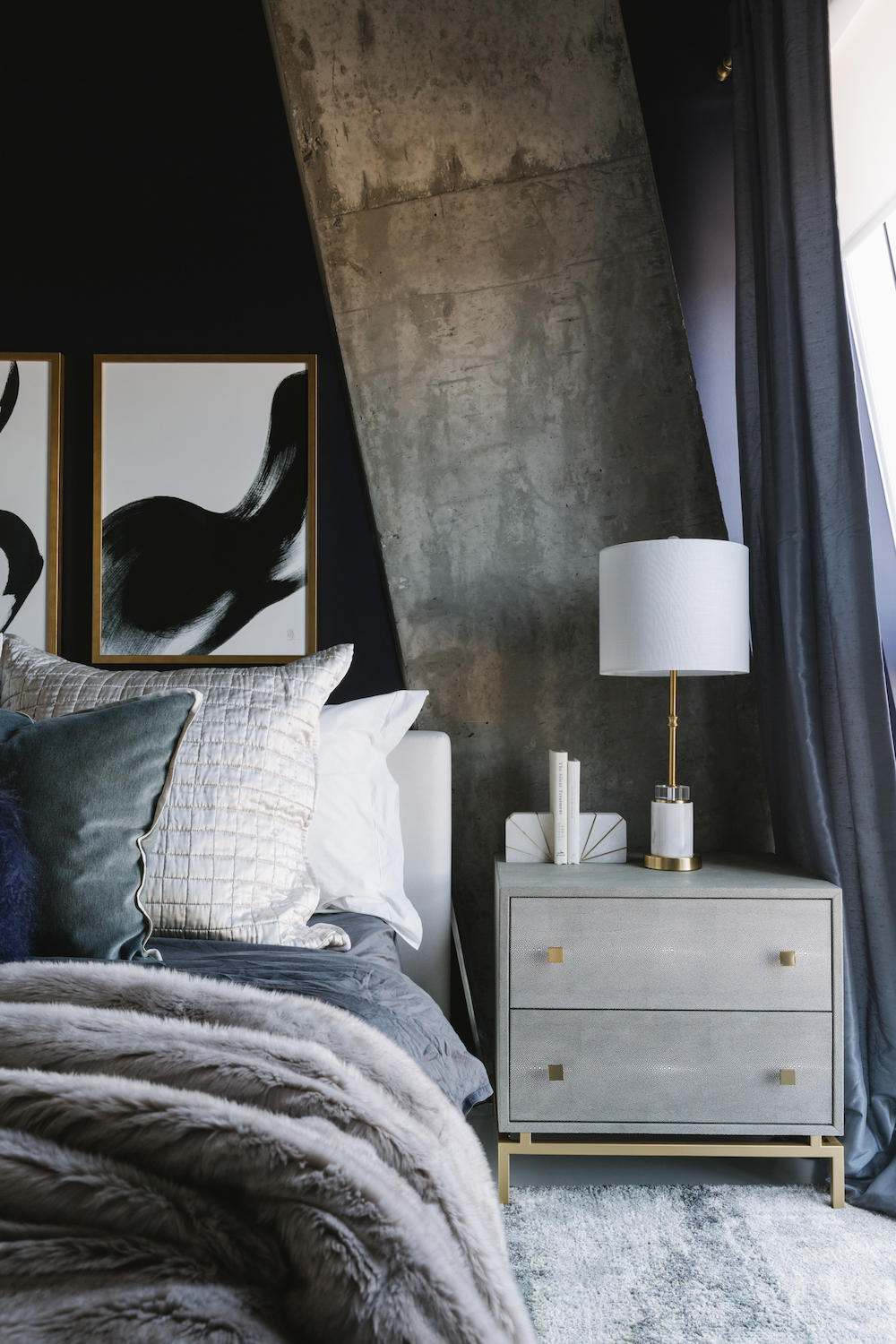
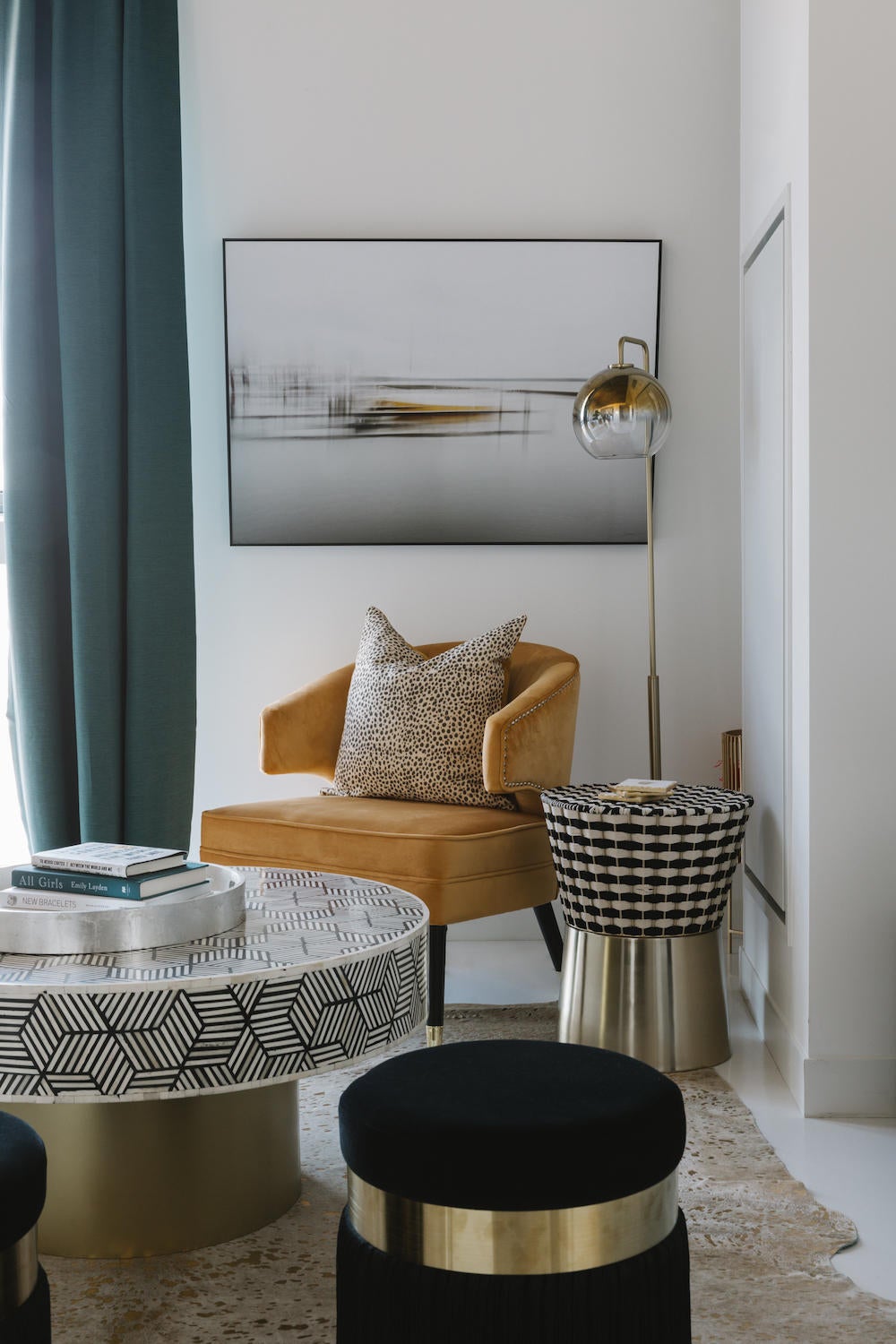
What was the moment where you thought, “This is going to work”?
It was probably late 2020. By that fall, I had gotten an influx of projects. Everybody was featuring Black designers after the [protests that started on] June 2nd [following George Floyd’s murder] because they were trying to amplify Black voices, and that helped me tremendously because it gave me a platform to show myself. Several people reached out to me to collaborate; I also feel that maybe that helped validate me. After that time, I realized that I was getting inquiries. That was when I was like, “This is going to be OK—now I need to figure out what my pricing strategy is, and maybe raise my prices.”
That was when I started thinking, If this is the start, what’s going to be in a couple years? It’s only been two years, and I’m already at the point where I’m turning things down or only taking on the larger projects. But that’s also a show of my experience, too—what I’ve done in the past and how I’ve seen people work. When I started, I understood what a contract should look like and how much my fees should be.
You had a strong foundation coming in.
A lot of people go into it not knowing because they haven’t worked for anybody, so they’re just setting it up for themselves. But I knew what people were making. This is a lucrative business, and people are making a lot of money out there! And it’s warranted.
So many people undervalue themselves at the beginning. How did you strike that balance between saying, “I’m new and I need to build this company from the ground up,” versus knowing, “This is how much it should cost, and I’m worth it”?
That is a really good question. I still feel like I struggle with that, although I’ve walked into my own a little bit more. Especially being the only Black woman in multiple offices, being spoken down to so many times and being extremely underpaid—all of that took a toll on my confidence.
But I was also influenced and encouraged by a lot of designers who—I don’t say this in a negative way, but they didn’t go through school the way that I did and they don’t have the experience that I have, and they’re running full businesses. That made me think that I can do that, too—and I have the background and the experience to do it, so why am I even second-guessing myself? Seeing somebody with less experience who is doing the same job and charging this much helped me value myself as a designer.
In retrospect, were you ready sooner or do you think you started your business at the right time?
I always think about this. I really believe that everything happens for a reason, and as much as I’d like to say I could have started sooner—and I definitely could have—I was afraid to because I had student loans to pay back and being financially unstable was very scary for me. But I think I started at the right time. I had the right amount of experience, and it was perfect timing. Especially being up here in Connecticut—I’m glad that I made that move with another company and was able to stay. I find it very peaceful up here.
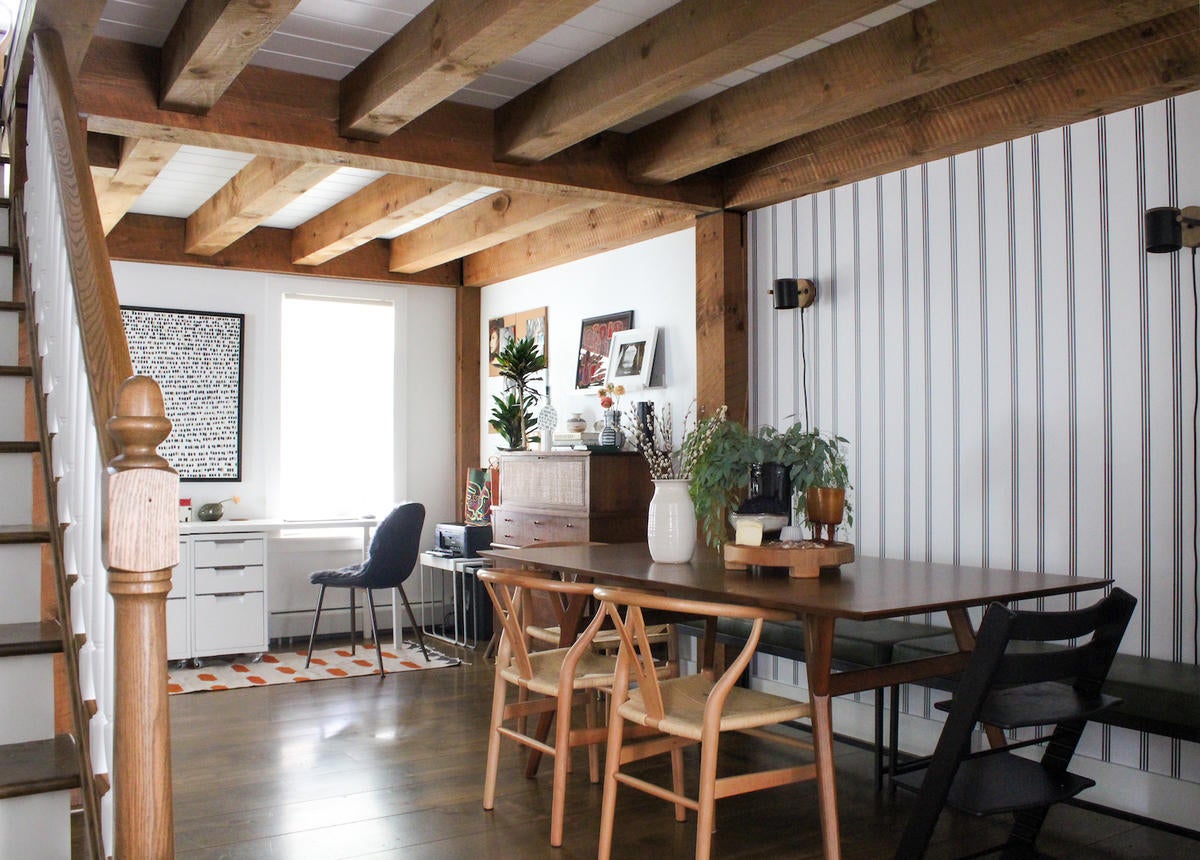
When did you start hiring?
It was last year, so about a year in.
How did you know it was time?
I’m a mother of two now, and I have no capacity for more than I can handle. And honestly, my value is in the design part. If I’m spending my time doing these little menial tasks, it’s not a productive use of my time—I realized that very quickly once I started getting a lot of inquiries, and I felt that I needed to hire an assistant. I knew it’d be the best way to spend my money, because I could not spend the limited amount of time that I have on getting samples and calling reps for quotes. I need to focus on the bigger picture, which I always enjoyed more anyway.
In December, I hired a project manager. I was at the end of my maternity leave [for my second child], and I knew I had a few construction projects coming up that I couldn’t get to all the time. A lot of my projects are in New York, and I’m in Connecticut, so it’s a long drive—I can’t be there weekly. This project manager is a replica of me, but in construction. She’s had 10 years of experience, so she knows how everything is supposed to be executed. I have an upcoming kitchen design that she’s completely taken over in project management. And it’s great! I don’t need to hand-hold there, and I know that she’s going to take care of it the way that I would. That’s important.
That’s got to be such good peace of mind.
It’s the best investment that I’ve made this year. She’s been amazing at catching all the details. She’s very thorough, very detailed, and I’m so grateful that I hired her, because it’s already making my life 10 times easier.
Will you keep hiring? When you think about what the firm looks like in the future, how big is your team?
I want to stay away from being a big company. I always loved working for boutique firms because it gives me a sense of family. I don’t think I would go above 15 people—that would probably be the max of my growth—but I would love to have a team in New York and then a team here, or something like that, because I don’t know how to turn down New York projects. They’re good! And they’re good for my portfolio. But I also want to grow my business up here.
Tell me a little bit about the design scene and the jobs you’re getting locally in Connecticut.
I’m in Falls Village, Connecticut, so Bunny Williams is basically the mayor of our town. I’m right across the street from [her shop] 100 Main, and all of my neighbors are creative. There are a lot of artists here, and an architect close by. And it’s such a beautiful, quintessential New England town.
The design scene is very country. A lot of people are from New York and own second homes here, so there’s a lot of, “This is my country home and I don’t want it to look like my city home.” And then there are some people who have relocated and still want a city feel—or at least a more modern feel—in their home. There are two types of houses here, too: There is the gorgeous house from the 1920s, ’30s or ’40s with good bones that is very traditional. And then there’s the extremely modern glass house on a hill. You have to design for both types.
How do all of those sort of dualities influence the way you approach your work or the way you work with clients?
I’ve always felt the strength of a designer is in their versatility, so I don’t pigeonhole myself into any style. I can tell you what my personal style is, but I can also design anything—except for a rococo house, I’m not going to do that. I explain that to my clients, and I really try to work with them so that the design is reflective of their style, because at the end of the day, they’re going to be the one spending the time in the home and I want them to feel comfortable with every decision that they’ve made. To me, that’s the strength of a designer.

I know wellness is important to you. How do you fold that into your work—and are people coming to you for that, or are you teaching them about how to live better at home in the design process?
I’m teaching them. A lot of people don’t realize how much their homes are affecting them, whether it’s disorganization or the piecemeal design that they’ve come up with. I don’t think they really realize it until I’ve worked with them—but when they see the result, they’re like, “This made a world of difference in my life. I feel so relaxed when I get home, and I didn’t realize that my home could make me feel this way.” I had one client call me crying after a sofa delivery. She was like, “I didn’t realize that I would get so emotional from this.” A lot of my client reviews are about feelings: “I feel so relaxed when I get home,” or “I am feeling great about this investment.” That, for me, is where wellness comes in.
I work with a lot of minorities—most of my clientele are Black and Brown people who are first-home buyers and they’re just starting to invest in their homes, so I have to teach them about that, too. I’m explaining that you don’t want to invest in your home and then have to replace everything in five years, so you should invest once the right way. I see people who will go out and buy a bag or a piece of clothing that’s $300, but then they’re questioning something that’s inside of their home for that same amount. A lot of clients get sticker shock when they see the prices of furniture nowadays, even retail. I tell them, “Listen, this is an investment. You wouldn’t hire me if you wanted throw-away furniture. If you need to replace everything in five years, you’re going to have to hire me again too—what’s the point of that? That’s wasteful.” Once we have that conversation, they understand that investing once and doing it the right way is the way to go. But it’s difficult, especially with people who have money-mentality issues.
You said you are at the point where you are turning down work.
Yes.
How many projects are comfortable for you and your team, and how are you deciding what you say yes to?
I’m trying to figure that out, because I am so overwhelmed. Right now, I have five projects, which feels like a lot. What I’ve been turning down is projects that are not a good match personality-wise. If it’s too much “I just want to change this, and do a little bit here and here”—I’m not trying to take on any of those projects anymore. I want to take on full-scale projects, because I know that’s where I want to go.
How has moving to Connecticut changed the way you shop?
Moving here changed the way I shop tremendously. When I was in the city, I was familiar with some of the artisans up here who created things from scratch—furniture makers like Ian Ingersoll or DBO Home—but seeing their craft in person and witnessing the production has totally changed how I shop, and I try to support my local community as much as possible when I’m sourcing. There are also a lot of vintage shops up here—they’re in New York, too, but the prices are way more affordable here and it’s not so overwhelming. There are three vintage shops in Milton that I frequent a lot. I love that when I shop there, I’m supporting a small business, because I want people to support my small business too. I’m not looking at a big-box retailer or even high-end brands as much, I go to my local sources first. And then if I don’t find it there, I go to the brands you can find at High Point Market or the D&D Building—the ones where I know I can shop online.
How did you approach the billing piece when you launched your own firm and how are you navigating that today?
This was another piece that I gleaned from the companies I worked for: I knew that clients hated hourly.
The unknown aspect of it?
Exactly. It’s getting hit with a really large bill and not understanding why, even though you have an itemized invoice. They’re like, "Hello, why is this so much money?" So I knew that when I started my business, I was going to do flat-fee packages. I wanted my clients to know off the bat what they were going to pay, and how much they should intend to spend.
I also knew going in that I wanted to do a commission on purchases. At my last firm, they didn’t do it at all, and I was like, “You’re losing money here.” The firm before that was charging 30 percent on purchases. I did a lot of accounting and billing for that firm, so I would send bills to clients that were just for the commission—they billed for it separately—and it’d be my whole salary in one project. On commission. It was clear to me that that’s something you need, because you need profit. The flat fee covers your hourly if you’re estimating correctly, but I need the commission in order to make a profit and to cover my operating expenses.
I love that you’re using the word “commission.” Can you talk to me about that?
Well, I think that it is a commission, and that’s how I try to explain it to my client. I recently said to one client, “Are you going to support a small business or a big-box brand? One of us is going to get this commission—who would you rather spend it on?” You know what I’m saying? I believe that I deserve it because I’ve been doing all the legwork to purchase it, track it and make sure that it is delivered the correct way, and if there’s a return or any damages, I’m dealing with it as well.
Do clients push back on that commission structure or are they comfortable paying you that because you’ve talked about the budget so early in the process?
Well, typically it’s included in the budget. If I give them a proposal for a chair, the full price includes my commission.
So it’s just, “This is how much the chair costs.”
This is where I failed early: I used to be very transparent about it. And my bosses before used to be very transparent about it too, but they’ve also stopped doing that. Once you get very transparent with it, that’s when the questions come: Why can’t you just pass me the discounts? Why is the commission so high? And I don’t feel we need to really explain it. When you walk into a store to buy a chair and they give you the price, you don’t ask them, “Why is it this price, and what is your price for it?”
You just buy it or you don’t.
You just pay it! So I’ve stopped trying to be descriptive about that. I’m just like, This is the price. Period.
Do you have a set markup, or are you looking at every item and figuring out what price feels fair?
I do have a set markup: It’s 20 percent, which just changed this year. I used to do 10 percent, and it was peanuts. So I’m trying 20 percent, and then maybe in a year or two I will boost it up to 30 percent.

What is the next big thing you’re trying to solve in your business?
Office space. We rent in a two-family home here in Falls Village, and I feel like I have no division between work and home. My office is pretty open into the dining area, and I need more separation—I think that’s probably the biggest thing I can do for my wellness. I’ll find my son’s cars in my office, or I’m like, “I don’t want your basketball in my office space.” I get really upset about it. And even just for my sample library—I have bins for each client, and it gets out of hand in my home. I need to be productive when I’m working, and then stop working and be productive in my home when I can.
I thought you were a night owl! How will you make that work for you?
I know. I think I’ll have my laptop for when I work from home, but I won’t have my desktop here. Or maybe I will stay late in the office sometimes. I have no idea how it’s going to work, but I think it’s the right next step to establish myself, especially in town. And then we’ll see where it goes from there. I think hiring was a great step, and office space is the next step.
What is the biggest thing you know now that you wish you had known when you started your business?
That I don’t need to work so hard for every single thing. I wish I could tell myself that it’s going to be OK. I was really nervous about figuring everything out at the start. I needed to trust myself more. I’ve worked through everything, and I’ve always figured it out, even at the most desperate times—so why didn’t I trust myself this time? And also, as hard as I worked for other people—everyone that I’ve ever worked for will tell you that first thing—I work harder for my own business. So why wouldn’t I get work? I’m a workaholic, so of course I was going to get it.
I’d also tell myself to be patient. I’m a New Yorker, so I want everything right away. But I’m just starting—it’s only been two years, and I’ve already had this amount of growth. I just need to trust that it’s going to be fine and enjoy the ride.
What does success look like for you?
Success is feeling at peace. It’s also feeling like everything is taken care of. That can mean that I’m outsourcing things, or getting help in certain areas. It’s also being able to say to my sons, “You know what? Let’s go to the zoo today.” Not worrying about reporting to anyone brings me so much peace of mind. I also see Casa Marcelo having a philanthropic portion to the business. I love giving back to my community—and I still have a little Extreme Makeover: Home Edition envy, so I would like to make that dream come true, even if in a small way.
In my journey specifically, the support of my family and my husband have been unmatched, and that’s a big part of why I am where I am. My husband is the best partner, and my family has been rooting for me every chance that they can, encouraging me, and pushing me to start my own business even when I wasn’t ready. My father has been telling me to start my own company since I graduated college! They’ve been supportive every step of the way. Like, if I have to go to a photo shoot, I can ask my sister to watch the kids for a little bit. This is a family business, and everybody has contributed. It’s something that I really cherish, and I think is really important to just show that it’s not just me. There’s a village behind this.
To learn more about Abigail Marcelo Horace, visit her website or find her on Instagram.




























